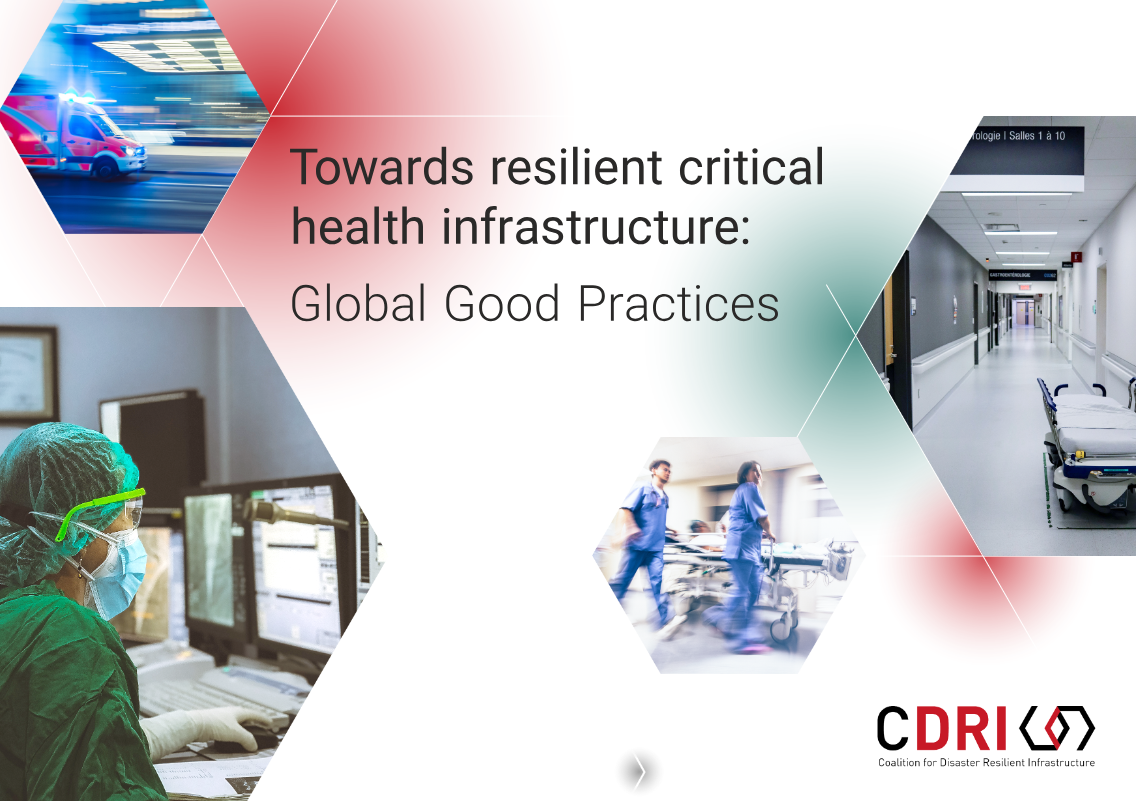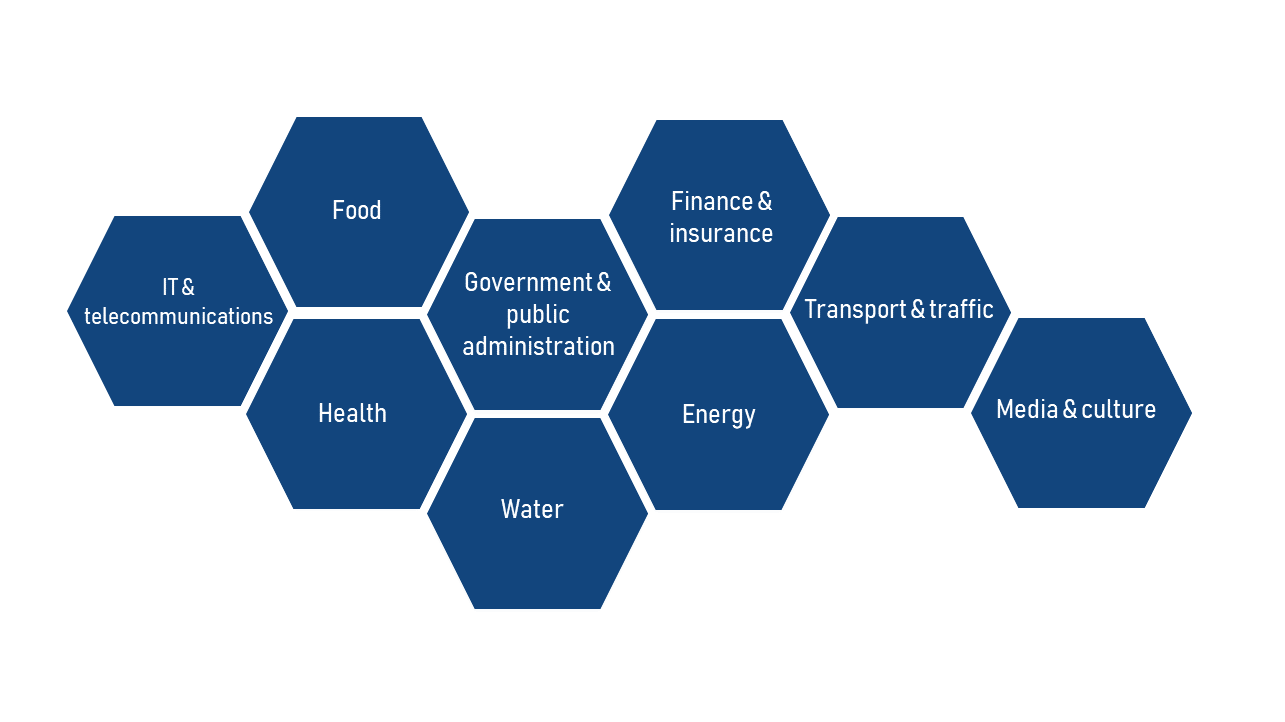What is resilient critical infrastructure?

Some sectors are essential for the functioning of our societies and our wellbeing, their disruption or failure can result in grave consequences: the critical infrastructure. Protecting these lifelines of society is a core responsibility of the state and operators of critical infrastructure.

Increasing interdependencies, complex hazards and systemic risks confront us with the challenge of finding new and more resilient approaches to reduce the risk of critical infrastructures failure. A narrow focus on a small set of hazards, by one or two government agencies, is not enough to prevent or respond in time to complex disaster risks. Managing risks to meet the challenges of tomorrow requires commitment and cooperation across levels and sectors. Risk-informed development is a continuous process of addressing complexity – and never neglecting it. All of us rely on one or more of these basic services every day.
Strengthening critical infrastructure resilience
Whether maintaining hospital capacities during the pandemic or ensuring continuous power supply in a hurricane, all development achievements must be safeguarded in uncertain and complex environments. For this, development decision making must be risk informed. The interaction between hazard, exposure, vulnerability and coping capacity of different critical infrastructure sectors can potentially create a variety of uncertain risks.

Click on the image to review the ePaper "Towards resilient critical health infrastructure: Global good practices"
The complex systems of critical infrastructure are of vital importance for our day-to-day life, however, at the same time they are easily taken for granted. Our dependence on these networks is oftentimes disregarded until the services provided by such infrastructure are interrupted, for example, when we lose access to electricity, transportation, or water due to severe storm or flooding. Major disruptions can occur even in countries with exceptionally reliable infrastructure systems. Additionally, the resilience and vulnerability of individuals and communities against current risks varies—for marginalised and disadvantaged parts of the population a disruption of basic services might result in more severe social or economic repercussions.
The protection of the population and critical infrastructures in the face of climate and disaster risks is a cross-cutting issue that requires coordinated, cross-sectoral, and cross-level cooperation. As critical infrastructures are often operated partly by public and in part by private entities,; planning, financing, and measures to strengthen resilience must be well coordinated by involving all relevant actors and creating an environment of shared sense of responsibility. A consensus among different sectors and related actors is needed on the possible course of actions. Governments along with key stakeholders, operators of critical infrastructure, multi-sectoral experts and local communities must work together to minimize the risk of systems failure and improve the resilience of critical infrastructure. Risk-informed development (RID) is a risk-based decision-making process that enables societies to prepare for the evolving and complex risks landscape with the goal of strengthening resilience and safeguarding development in a sustainable manner. The use of this framework allows decision makers to assess complex threats, risk, opportunities, and uncertainties when evaluating development decisions or infrastructure projects.
Critical infrastructure sectors
